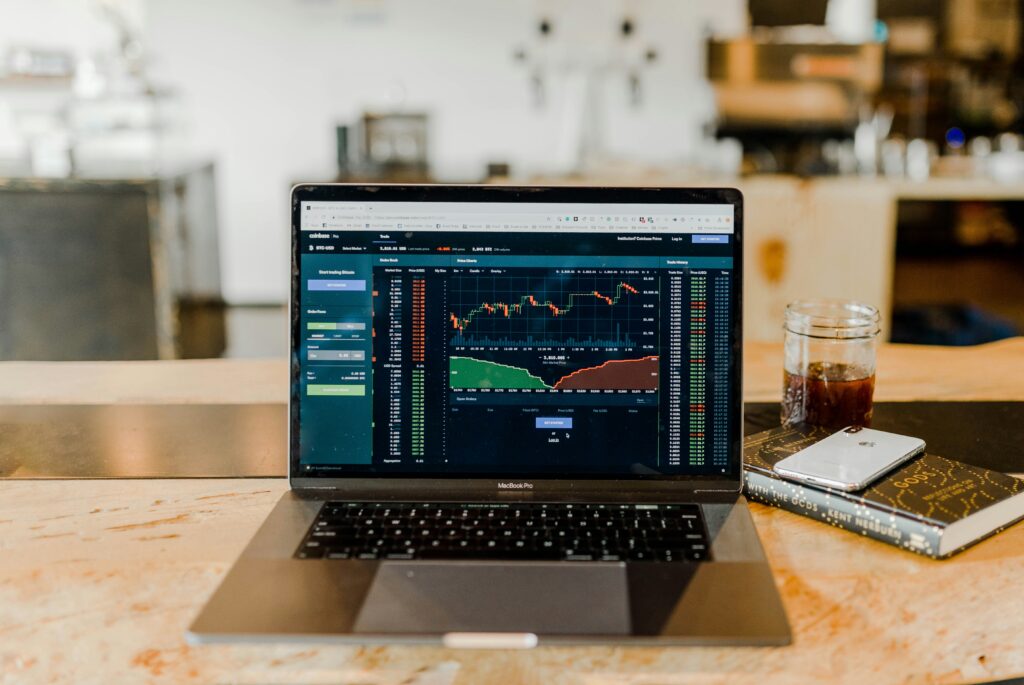Learn how to trade Gold and Oil using seasonal patterns and currency correlations to time smarter entries in the forex market.
In the world of modern trading, precision and timing are everything. Traders who understand the deeper connections between commodities and currencies — especially through the lens of seasonal trends — can often identify high-probability setups that others miss.
Understanding Commodities in Trading
Commodities are basic economic goods that can be traded in bulk, such as gold, oil, silver, or agricultural products like soybeans. These assets play a significant role in global finance because their prices often move based on macroeconomic factors, geopolitical events, and supply-demand cycles.
Why is Gold Considered a Safe Haven?
Gold has been a reliable store of value for centuries. In times of crisis or inflation, investors tend to shift their funds from riskier assets into gold, causing its price to rise. Its ability to consistently maintain or increase in value makes it a cornerstone of stability.

Commodity-Currency Correlations in Forex
Understanding how certain currencies are tied to specific commodities can offer strong directional clues in trading. These correlations are rooted in economic fundamentals such as exports, production, and reserves.
- USD vs. Gold:
Inverse correlation. When gold rises, the U.S. dollar often weakens, and vice versa. This is due to gold being a hedge against inflation and uncertainty, while the dollar is a benchmark for global trade and safety. - CHF and Gold:
Positive correlation. The Swiss Franc (CHF), often considered a safe-haven currency, tends to move in tandem with gold prices. Switzerland’s large gold reserves reinforce this relationship. - CAD and Oil:
Strong positive correlation. Canada is one of the top oil producers globally. As oil prices rise, demand for CAD increases due to export payments. - AUD and Gold:
Positive correlation. Australia is a leading gold exporter. A rise in gold prices can strengthen the Australian Dollar (AUD), creating buying opportunities.
These relationships aren’t static. They fluctuate based on global demand, central bank policy, and market sentiment. It’s important to reassess correlations frequently rather than assume they always hold.

Seasonality in Commodities
Seasonal trends refer to price patterns that tend to repeat at specific times of the year due to predictable changes in supply, demand, and investor behavior.
- Range-Bound Behavior:
Commodity markets often fluctuate between highs and lows in a cyclical manner, forming seasonal trends. These are more visible when reviewing multi-decade price charts, such as cattle, coffee, or soybean futures.


- What Drives Seasonality?
- Supply and Demand Cycles: Weather, harvest schedules, and industrial usage often drive predictable fluctuations.
- Economic Reports & Holidays: Certain US reports or holidays regularly affect market behavior.
- Consumer Trends & Innovations: Shifting preferences and technological advances can alter seasonality patterns over time.
While these cycles offer valuable insights, they should never be the sole basis for a trading decision.
How We Trade Seasonality at ForexSPV (MQP Alloy Framework)
We apply seasonal insights to validate or time our setups, especially when trading commodities or commodity-correlated currencies like AUD or CAD.
✅ Step 1: COT Sentiment Confirmation
We analyze Commitments of Traders (COT) reports to detect institutional positioning — whether the market is being heavily bought or sold.
✅ Step 2: Seasonal Overlay
We cross-check COT sentiment with historical seasonal price trends. For instance, if COT data shows net long positions on oil and seasonality indicates an upward trend, it strengthens the case for a CAD buy.
✅ Step 3: Entry/Exit Timing
Instead of relying solely on patterns, we incorporate seasonal data for timing. This helps reduce premature entries and poorly-timed exits.
✅ Step 4: Stay Flexible
Markets are dynamic. Seasonal patterns can break during volatile periods like during COVID-19. We adjust strategies accordingly, always prioritizing real-time market conditions.
Final Thoughts
Seasonal trading is not about guessing what might happen—it’s about recognizing historical tendencies and using them to refine timing and confidence. When paired with sentiment data (like COT) and technical analysis, traders gain an edge that is both statistically supported and fundamentally grounded.

At ForexSPV, we teach traders how to align all three components — seasonality, market sentiment, and price action — into a clean and strategic approach.




